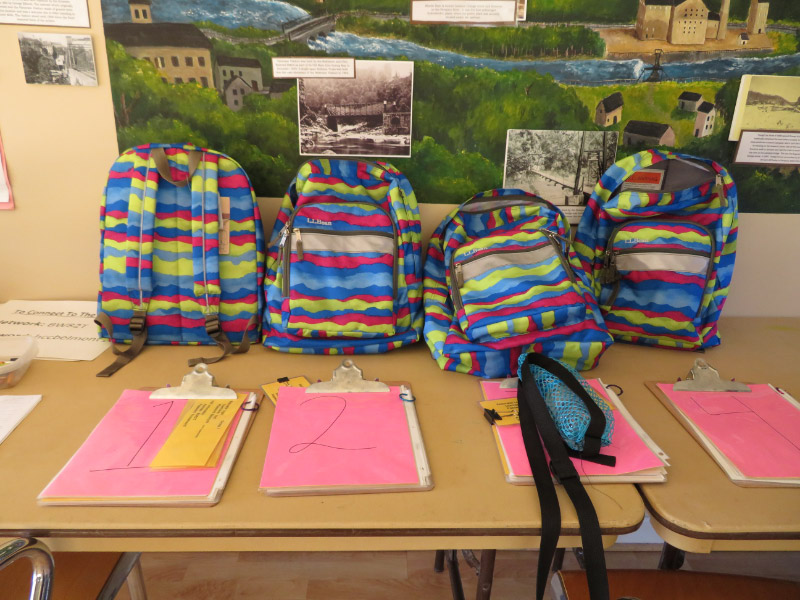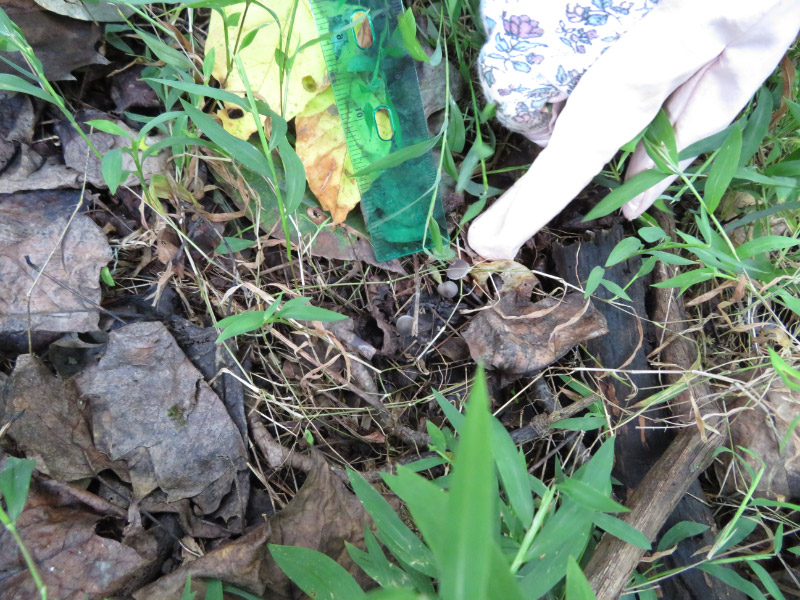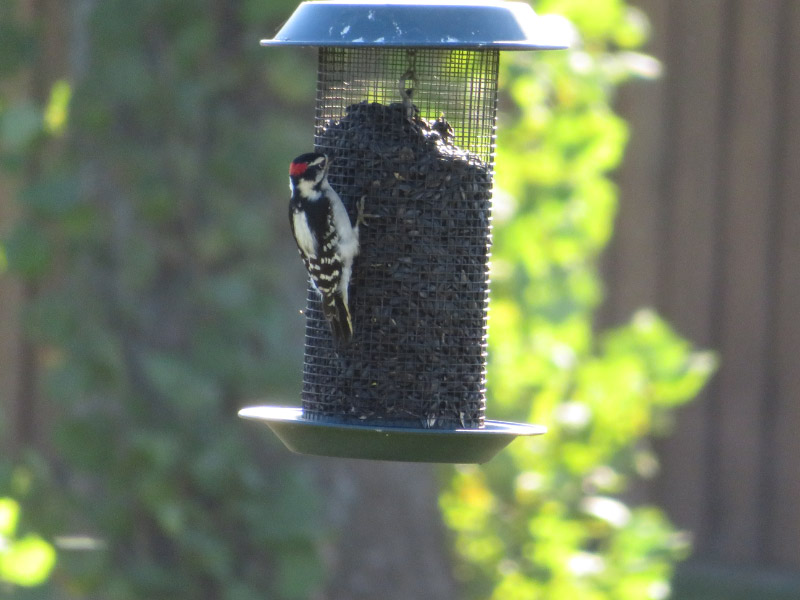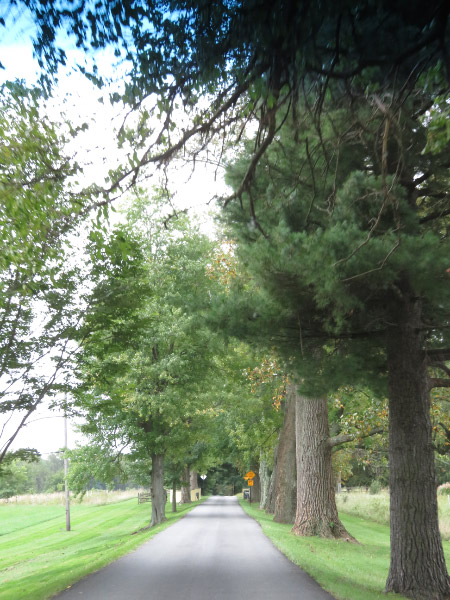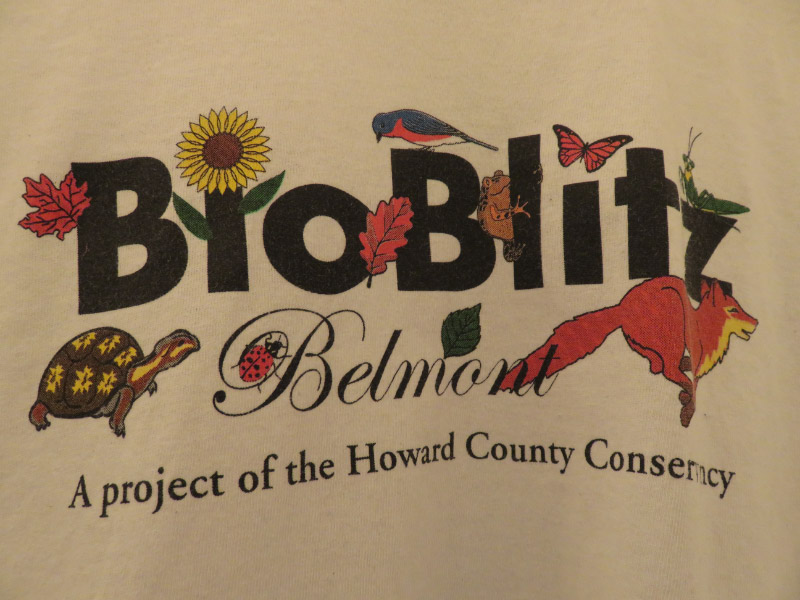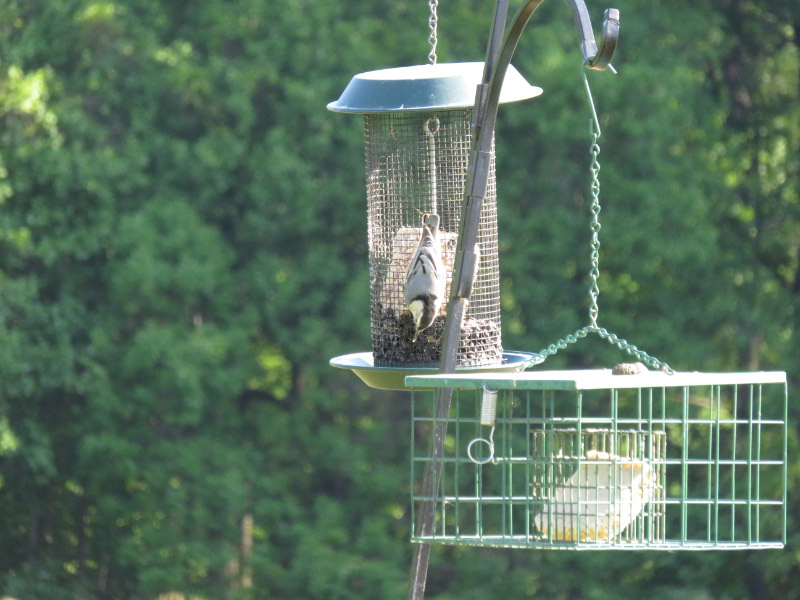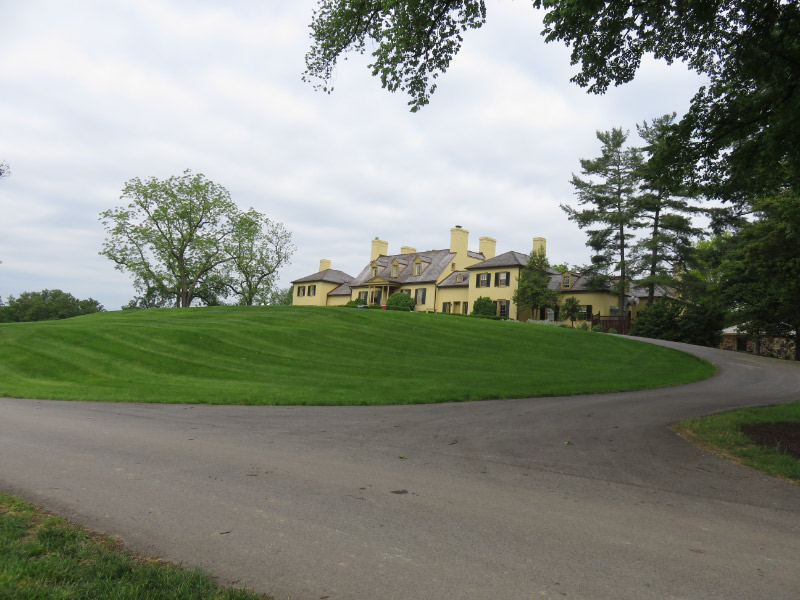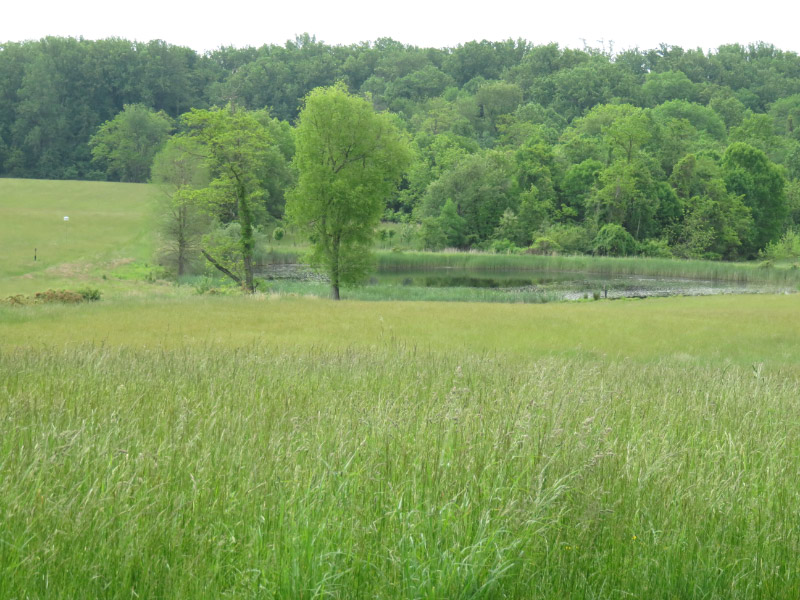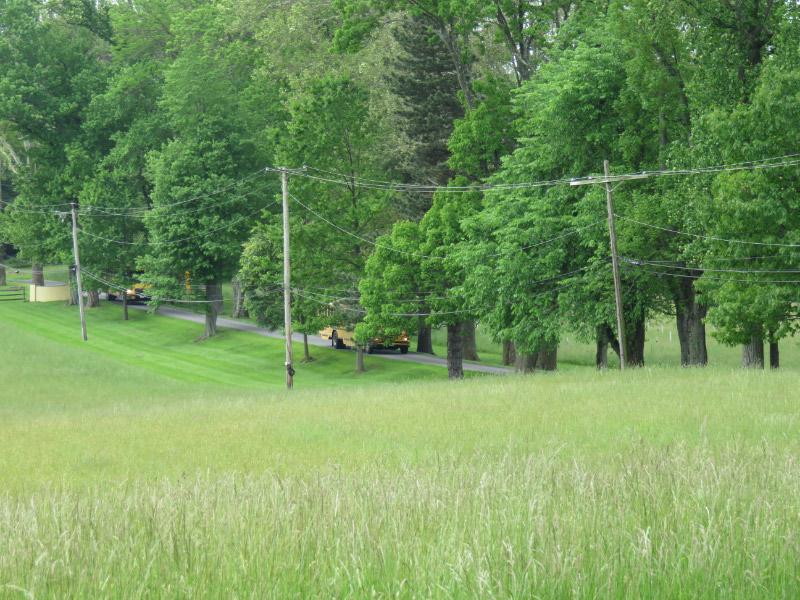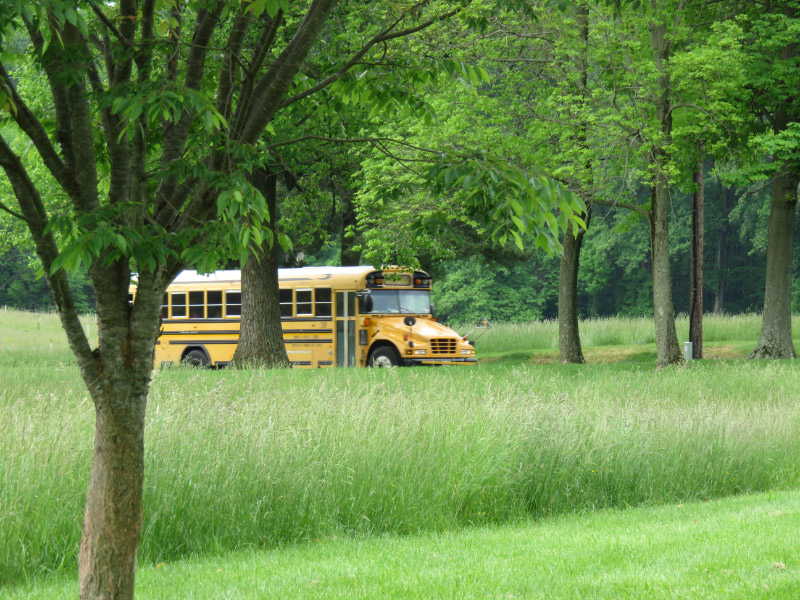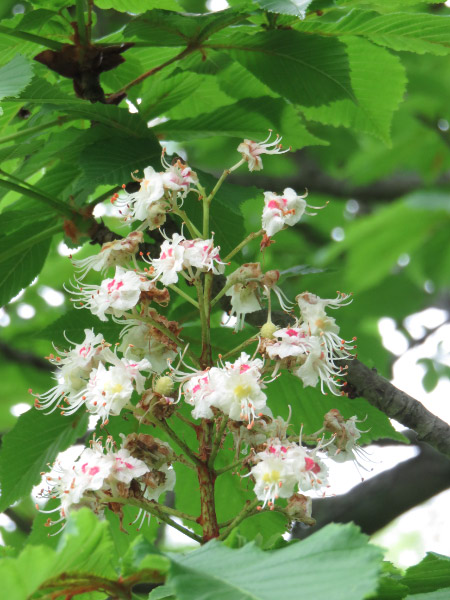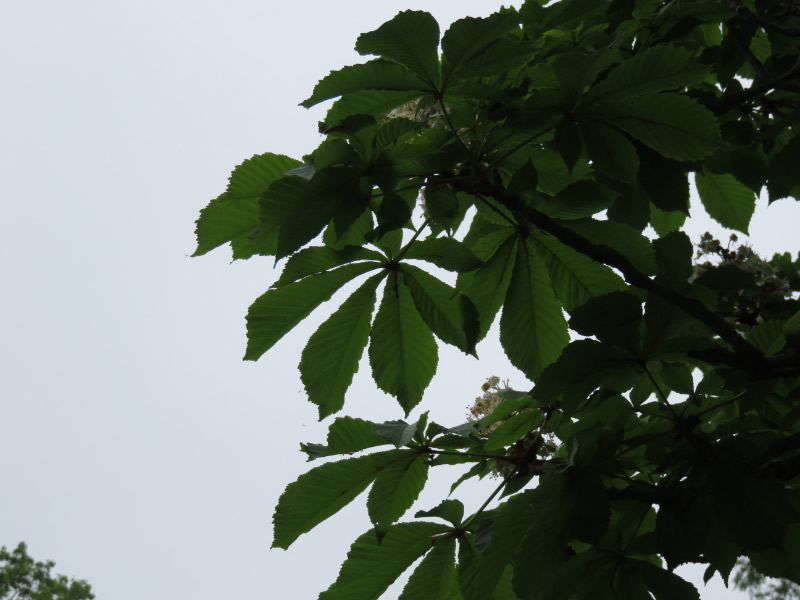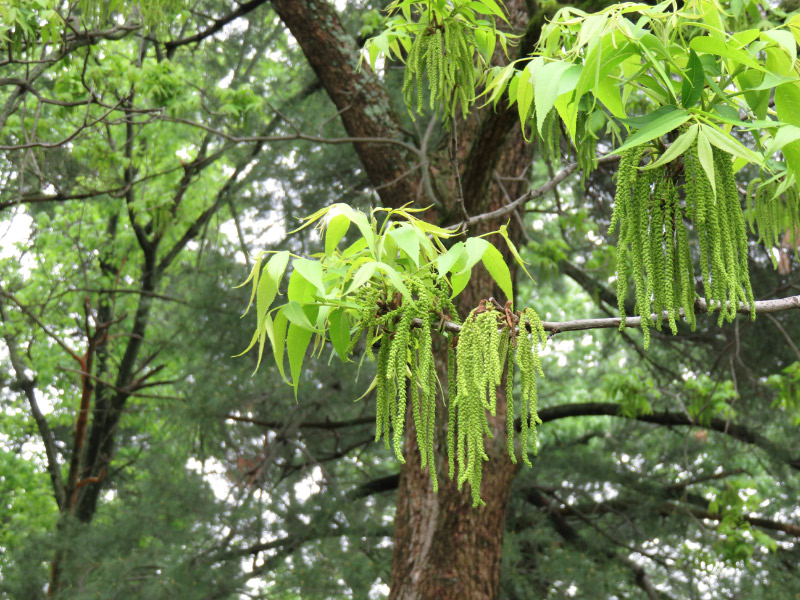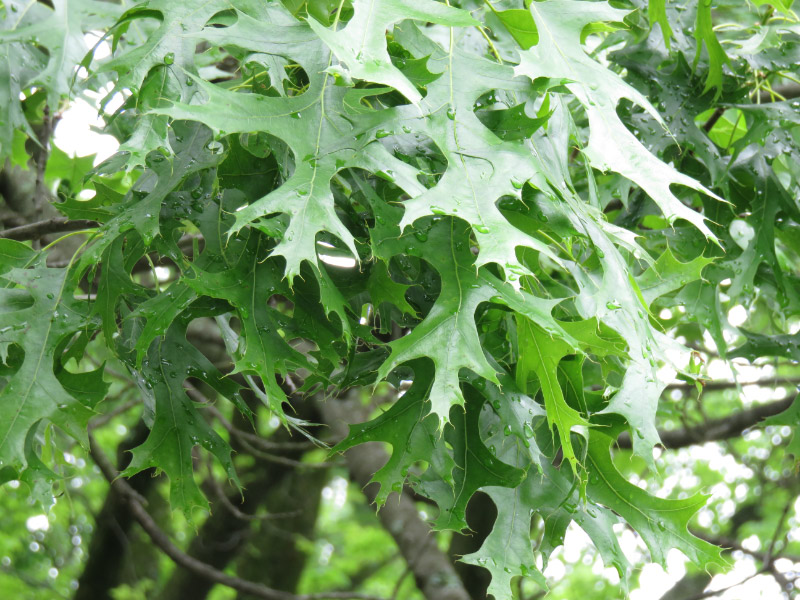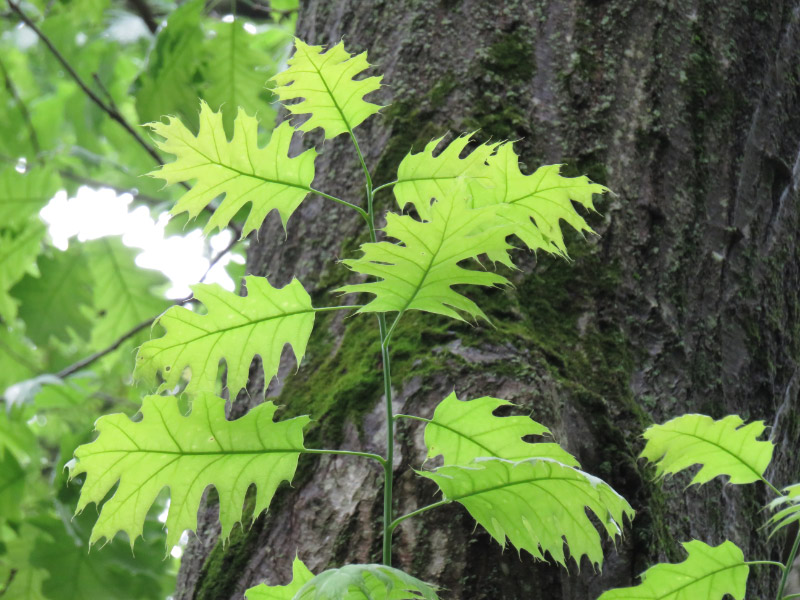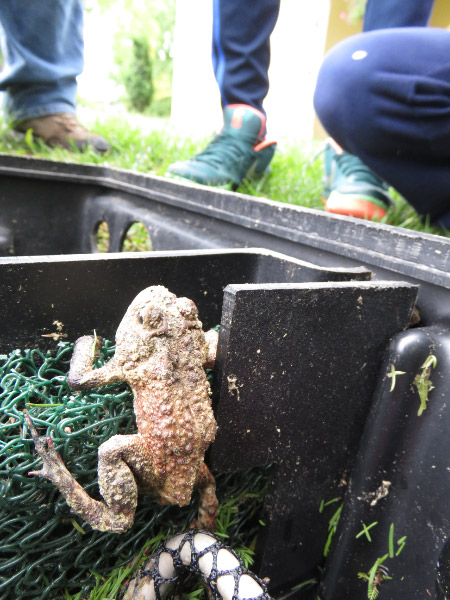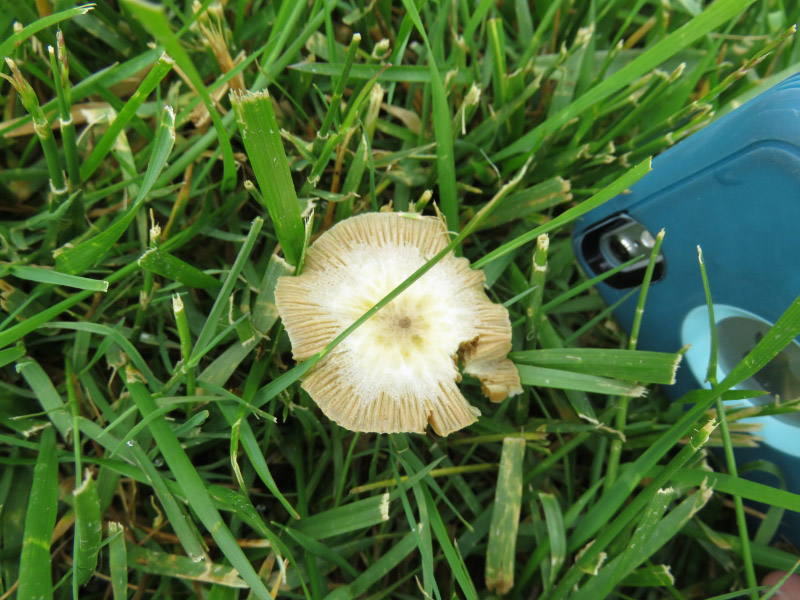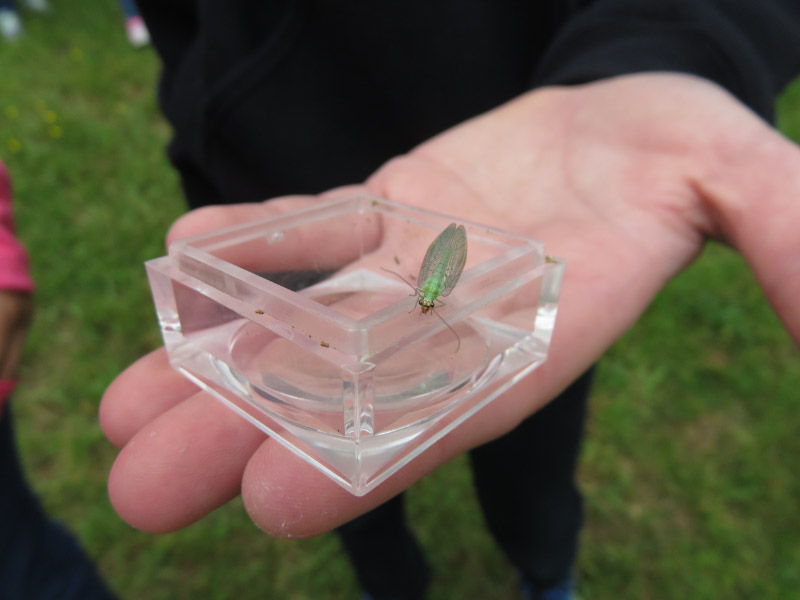Ten Days of Little Celebrations – October 2016
/More than half my ‘little celebrations’ this month were place/activity specify. There were 3 celebrations of familiar places/activities:
- I spent 4 mornings at Belmont for BioBlitz with fifth graders. The weather was near perfect – much better than the wet weather for the event last spring. Every day held a few surprises and I was pleased that my husband joined me this fall rather than my volunteering on my own.

- My walk around Brookside was a fall morning – a little cool – that was near perfect for walking around the garden loop. I’ll have to go back to see the mum exhibit in the conservatories.
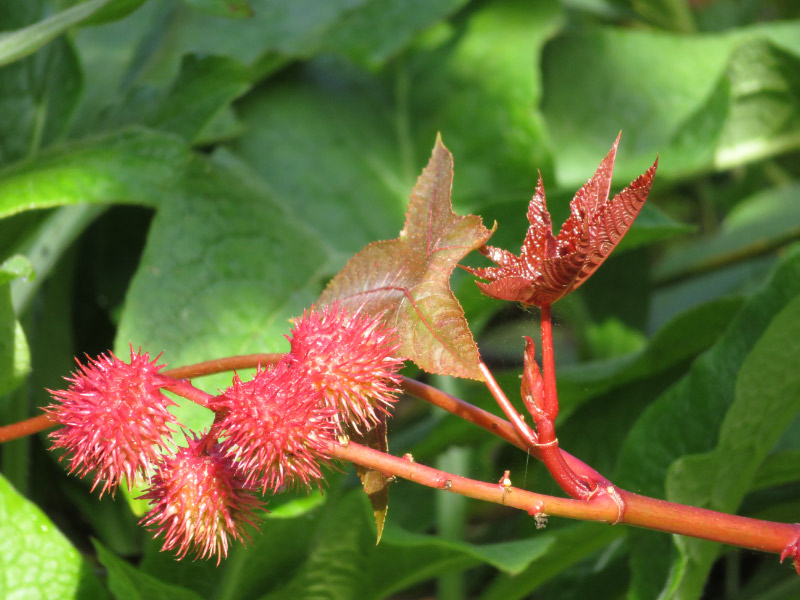
- Mt. Pleasant Farm is probably one of my favorite places in the fall. What’s not to like about hiking with elementary school field trips! This fall the 1st grades were the most frequent visitors. I got plenty of practice leading those hikes.
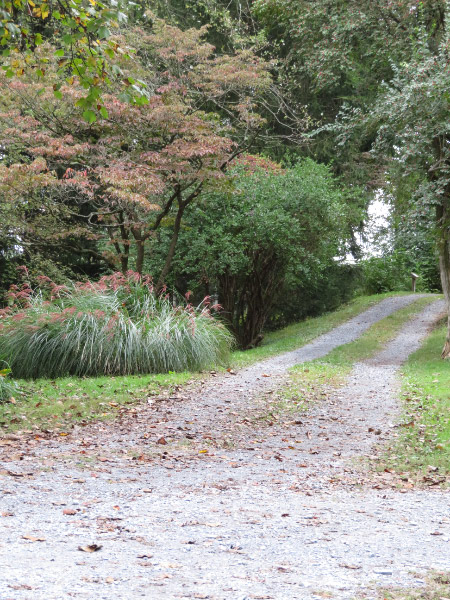
Another 3 of new places/activities:
- I’d never been to State College (Penn State) before. We picked a great weekend to go – colorful fall squash, gourds and leaves everywhere.
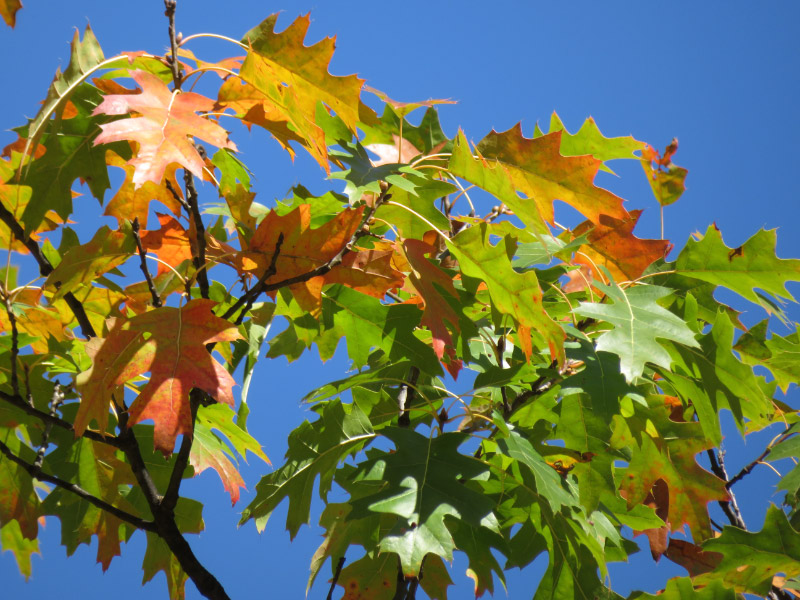
- Waggoner’s Gap was also new. The weather was not great for raptor spotting…so I celebrating finding the place….but want to go back again to actually spot some birds.

- Being with high schoolers assessing the Middle Patuxent River at Eden Brook was new too. The place was full of fall leaves and the river had plenty of scenic variety….and the perspective of high schoolers doing field work (sometimes with water flowing over the tops of their boots) added elements to the celebration that went beyond just going to the place on my own.
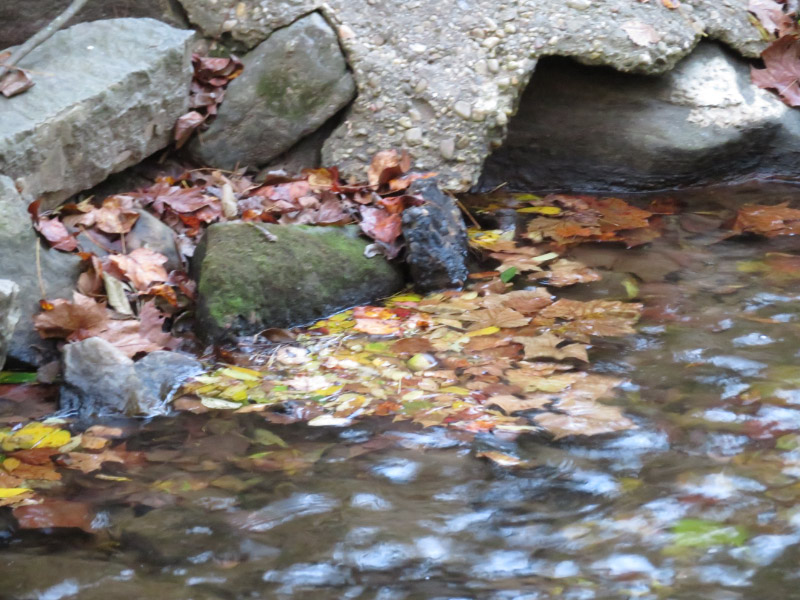
 There were some serendipity sights that I celebrated via photography:
There were some serendipity sights that I celebrated via photography:
- Getting out to the meadow before the dew dried to photograph spider webs and
- Bright fungus growing on a tree where lightning had struck (and killed the tree).
And mixed in with those celebrations was one ‘lazy day’ that I celebrated because it was so different from the rest of the month!

